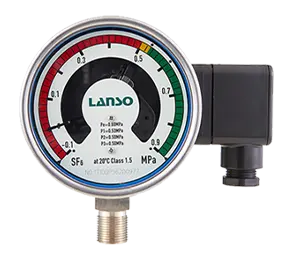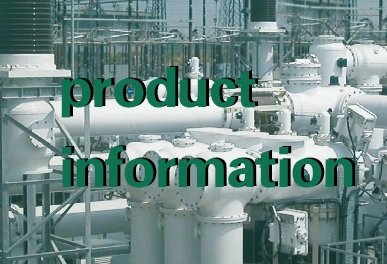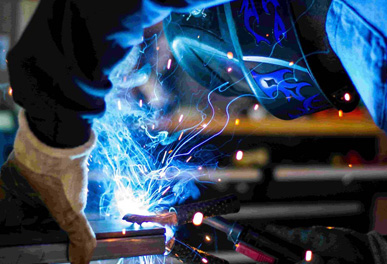The necessity of SF6 relay calibration
As high-voltage appliances widely used in the power system, the reliable operation of SF6 switches is one of the key focuses of the power department. The SF6 gas relay, as a critical component monitoring the change in SF6 gas density inside the SF6 switch, its performance directly affects the operational safety of the SF6 switch. However, during field operation, the SF6 relay often experiences inflexibility, poor contact performance, due to infrequent usage over many years, sometimes it even misoperates when the environmental temperature changes suddenly. Given these situations, according to the regulations of DL/T596-1996 "Preventive Test Procedure for Power Equipment", every SF6 switch using unit should periodically calibrate their SF6 gas relay, ensuring its reliability and stabilitity.
Basic principles of SF6 relay calibration
The basic principle of the SF6 relay calibration involves the situation where the gas pressure in a sealed container changes with the temperature change. Typically, we use the SF6 relative pressure value at 20℃ as the standard value for statistics and comparison. When carrying out field calibration, it is necessary to convert the measured SF6 pressure values at different environmental temperatures into the equivalent pressure values at 20℃ to evaluate the performance of the density relay.
Locking recovery value calibration
Under environmental temperature, slowly inflate the SF6 relay to a pressure above the locking pressure. Record the pressure value when the lock relay operates, and convert it into the equivalent pressure value at 20℃. This is the locking recovery value of the SF6 relay.
Alarm recovery calibration value
Continue to slowly inflate the SF6 relay, record the pressure value when the alarm relay operates, and convert it into the equivalent pressure value at 20℃. This is the alarm recovery value of the SF6 relay.
Alarm value calibration
Under environmental temperature, when the pressure inside the SF6 relay is higher than the alarm recovery value, slowly release the gas at a certain speed, record the pressure value when the alarm relay operates, and convert it into the equivalent pressure value at 20℃. This is the alarm value of the SF6 relay.
Lock value calibration
Continue to release gas from the SF6 relay at a certain speed, when the lock relay of the SF6 relay operates, record the current pressure value under environmental temperature and convert it into the equivalent pressure value at 20℃. This equivalent pressure value at 20℃ is the lock value of the SF6 relay.
Through these calibration steps, we can fully understand the performance of the SF6 relay under different working conditions, ensure its normal operation, and improve the operating safety of the SF6 switch.







